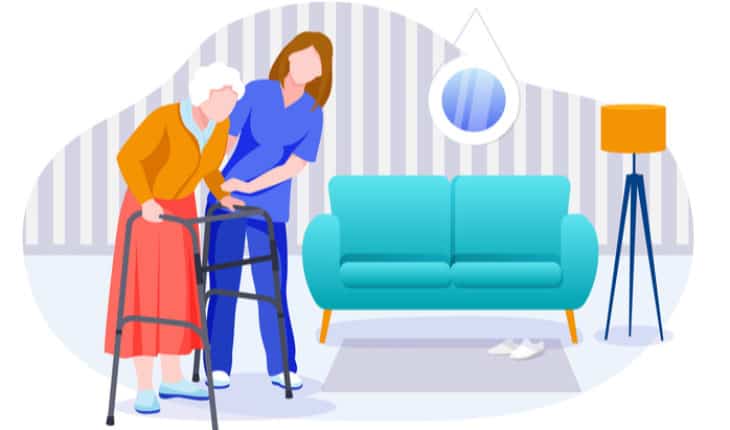Exposing inequities in life expectancy : a surge in people dying in their own homes is ‘deeply worrying,’ risking a chasm in life expectancy between rich and poor:
Analysis of ONS data by LCP has highlighted ‘worrying’ high levels of people dying in their own homes from causes other than Covid in England and Wales. This is happening at the same time as excess deaths in care homes and hospitals have fallen from their pandemic peak as lockdown restrictions have eased. LCP are warning that this risks reinforcing existing disadvantage when it comes to life expectancy and are urging the government to urgently invest in the parts of the country that need the most help.
There have been 75,474 excess deaths in private homes registered between March 7, 2020, and October 29, 2021.Excess deaths are defined as deaths above the number expected if there hadn’t been a pandemic based on trends.
The causes of these deaths include heart disease (2,800 excess deaths in men, 900 women), dementia and Alzheimer’s (1400 men, 2,500 women), and various cancers. (e.g.1,200 lung cancer excess deaths in men, 1,500 women.)
LCP believe that this trend is a reflection of the indirect impacts of the pandemic which are likely to entrench the widening gap between rich and poor on life expectancy.
Some of the reasons why people may be dying at home are:
- Disruption to usual care pathways and processes for chronic diseases such as heart disease, cancer and diabetes
- The large increase in waiting lists due to the backlog as a result of Covid
- Health system pressures reflected in increasing ambulance response times
- People are more reluctant to seek medical help than they were prior to the pandemic
Middle aged at greater risk
The analysis has highlighted that excess deaths have seen big increases in the middle-aged sections of society in particular. On average there have been 10 per cent more deaths in middle-aged adults between 50-64 since 1st April of this year which compares starkly to other age brackets who have seen fewer deaths than would be expected normally.
Age | Excess deaths (1st April 2021- 30th September) |
0-24 | -2% |
25-49 | 9% |
50-64 | 10% |
65-74 | 2% |
75-84 | 0% |
85+ | -3% |
Source: Public Health England
Health outcomes, including life expectancy, were already declining for 1 in 5 women and 1 in 9 men pre-pandemic and now look set to deteriorate further, according to LCP and there is likely to be big geographical divides.
They estimate that a middle-aged man aged 57 who is a manual worker living in Manchester and lives with a chronic disease such as type 2 diabetes and is in the most deprived 10% of the country, will face significantly worse mortality outcomes than before Covid-19 due to the indirect trends of the pandemic. Conversely, an 81-year-old woman with no chronic disease from Richmond, London, which has some of the best health outcomes in the country, can expect almost no long-term health detriment as a result of the pandemic.
Dr Jonathan Pearson-Stuttard, Head of Health Analytics at LCP, commented: “Persisting excess deaths in private homes is deeply worrying. This points to what the lasting legacy of Covid might be long after it stops being a pandemic.
“Like the pandemic itself, the indirect impact will not be felt equally and is likely to reinforce disadvantage and existing inequalities by deprivation, ethnicity and geography.
“The question is how we prevent this gap widening. Investment in the healthcare system and targeting resources to the parts of the country that that need it most is the only answer. Government policy urgently needs to step up to address this.”
- New lipid-based pathway discovered as key to memory formation - 25th June 2025
- Crucial link could explain how Alzheimer’s takes hold - 25th June 2025
- Understanding Your Mind Can Improve Daily Life - 25th June 2025







